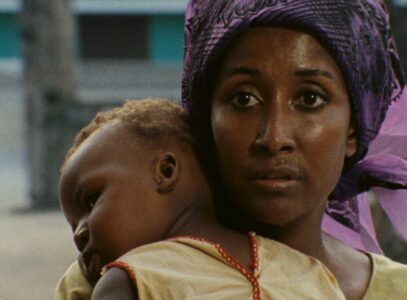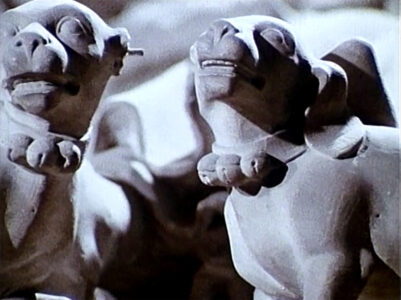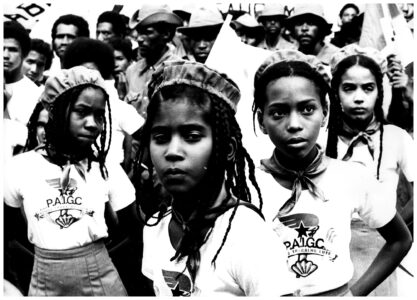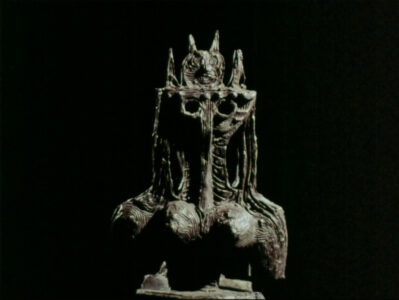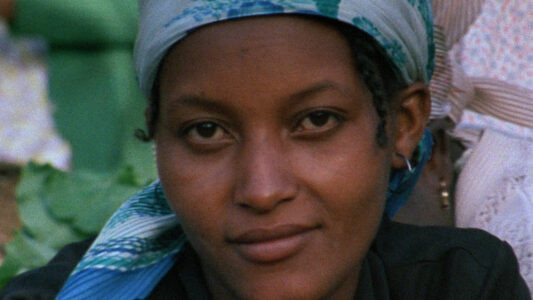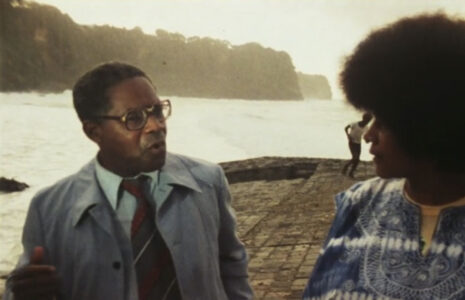Important: By downloading images you are agreeing to the following permissions: Images are provided exclusively to the press, and only for purposes of publicity of The Museum of Modern Art's and MoMA PS1's current and upcoming exhibitions, programs, and news announcements. Permission to use images is granted only to the extent of the Museum's and MoMA PS1's ownership rights relating to those images—the responsibility for any additional permissions remains solely with the party reproducing the images. The images must be accompanied by the credit line and any copyright information as it appears above, and the party reproducing the images must not distort or mutilate the images.
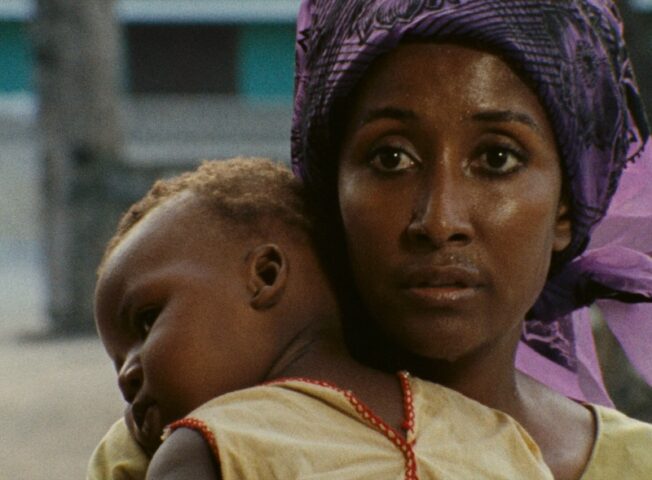
MoMA presents a full-scale retrospective of Sarah Maldoror (1929–2020), the first of its kind in North America, celebrating the pioneering French filmmaker whose work gave voice to the anti-colonial independence movements of Angola and Guinea-Bisseau; who observed the rich cultural traditions of carnival, music, and poetry in Martinique, Haiti, Guyana, and Cape Verde, as well as the experiences of African immigrants in France; and whose friendships with influential authors and political thinkers like Jean Genet, Aimé Césaire, Léopold Sédar Senghor, and Marguerite Duras situated her at the heart of French avant-garde theater and the Négritude movement and led to remarkably vital film collaborations. The exhibition premieres eight new restorations, including her debut short Monangambééé (1968) and her groundbreaking Sambizanga (1972), likely the first feature to have been directed by a woman in sub-Saharan Africa. Also premiering are a great many other works long believed lost or destroyed for political reasons and rescued from obscurity by Maldoror’s daughter Annouchka de Andrade in a 20-year-long act of cultural preservation. Tracing Maldoror’s entire career, the retrospective also features a number of films on which she assisted, including Gillo Pontecorvo’s The Battle of Algiers (1966), Ahmed Lallem’s Elles (1966), William Klein’s Festival panafricain d’Algier (First Pan African Cultural Festival, 1969), and Zdravstvuyte, deti (Hello, Children, 1962), by her Soviet mentor Mark Donskoi.
Born Sarah Ducados to a French mother and a Guadelopean father in rural southwestern France in 1929—her childhood was one of relative penury after her parents’ deaths—she moved alone to Paris, and by the 1950s had immersed herself in literature, political activism, and experimental theater. There she adopted the nom de plume (and nom de guerre!) Maldoror after a proto-surrealistic novel by the 19th-century poet Lautréamont; partnered with the poet Mario Pinto de Andrade (who would become one of the founders of Angolan nationalism); and formed the first all-Black theater company, Les Griots, notable for giving substantial roles to Black performers and for premiering Jean Genet’s Les Negres to great success and controversy. Maldoror’s first film as a director, Monangambééé, a collaboration with Mario de Andrade and Serge Michel featuring a jazz score by the Art Ensemble of Chicago, was radical for a variety of reasons, not least for envisioning the brutality of Portuguese colonial violence. Co-produced by Algeria barely seven years after the country’s independence and six years before the independence of Angola, Monangambééé, together with Sambizanga, marked an extraordinary awakening of political consciousness and resistance, particularly as seen through the eyes of a female character. These films, and Maldoror’s career as a whole, have become lodestars for artists like Alice Diop, Madeleine Hunt-Ehrlich, Euzhan Palcy, and Jonathan Demme.
Screening schedule and program notes can be found here.
Organized by Annouchka de Andrade, independent curator, and Joshua Siegel, Curator, Department of Film, The Museum of Modern Art.
![]()
Film at MoMA is made possible by CHANEL.
Additional support is provided by the Annual Film Fund. Leadership support for the Annual Film Fund is provided by Debra and Leon D. Black, with major funding from The Contemporary Arts Council of The Museum of Modern Art, The International Council of The Museum of Modern Art, Jo Carole and Ronald S. Lauder, the Association of Independent Commercial Producers (AICP), and The Young Patrons Council of The Museum of Modern Art.
Images
Et les chiens se taisaient (And the Dogs Were Silent). 1978. Directed by Sarah Maldoror. Courtesy Association of Friends of Sarah Maldoror and Mário de Andrade
Louis Aragon: Un masque à Paris (Louis Aragon: A Mask in Paris). 1980. Directed by Sarah Maldoror. Courtesy Association of Friends of Sarah Maldoror and Mário de Andrade
Fogo, île de feu (Fogo, Island of Fire). 1978. Directed by Sarah Maldoror. Courtesy Association of Friends of Sarah Maldoror and Mário de Andrade
Wifredo Lam. 1980. Directed by Sarah Maldoror. Courtesy Association of Friends of Sarah Maldoror and Mário de Andrade
L’hôpital de Leningrad (The Hospital of Leningrad). 1982. Directed by Sarah Maldoror. Courtesy Association of Friends of Sarah Maldoror and Mário de Andrade
Le Passager du Tassili (The Passenger of Tassili). 1987. Directed by Sarah Maldoror. Courtesy Association of Friends of Sarah Maldoror and Mário de Andrade
